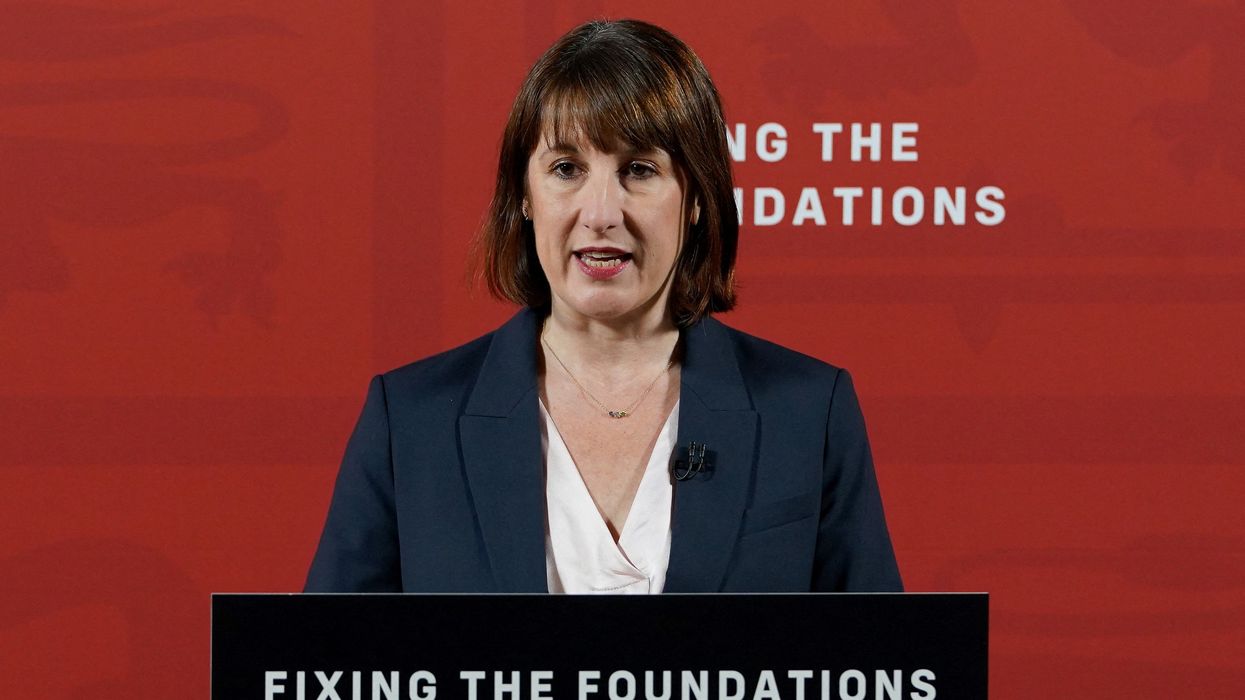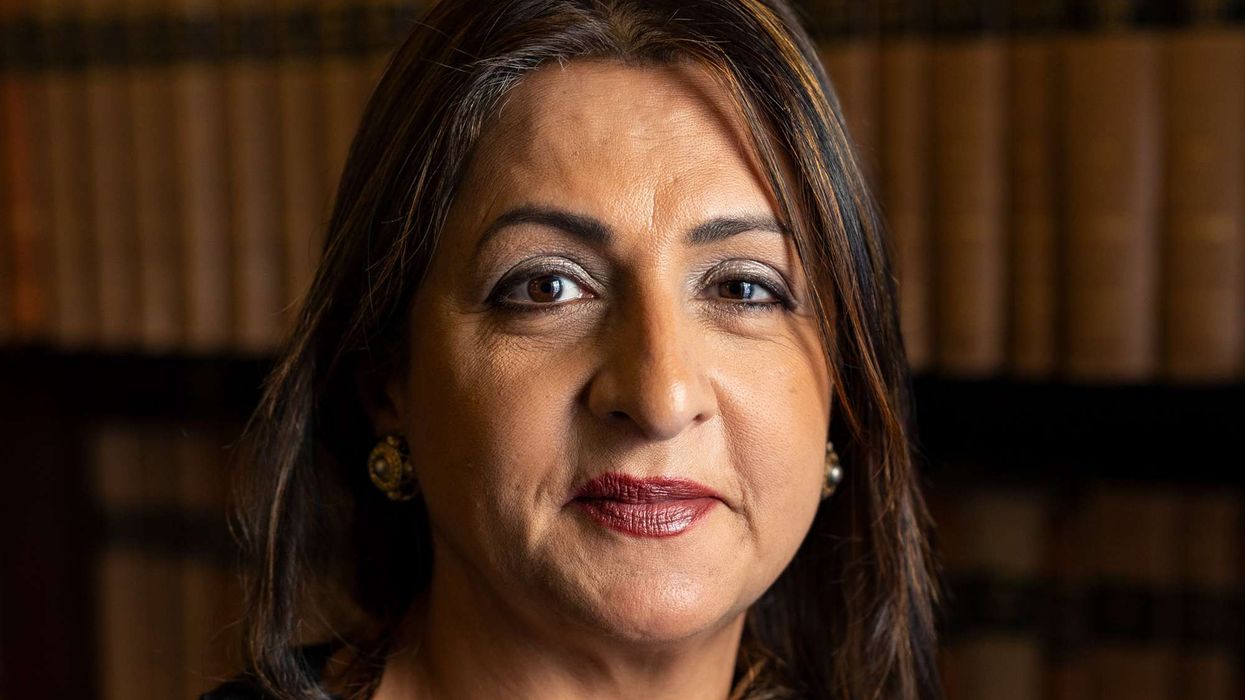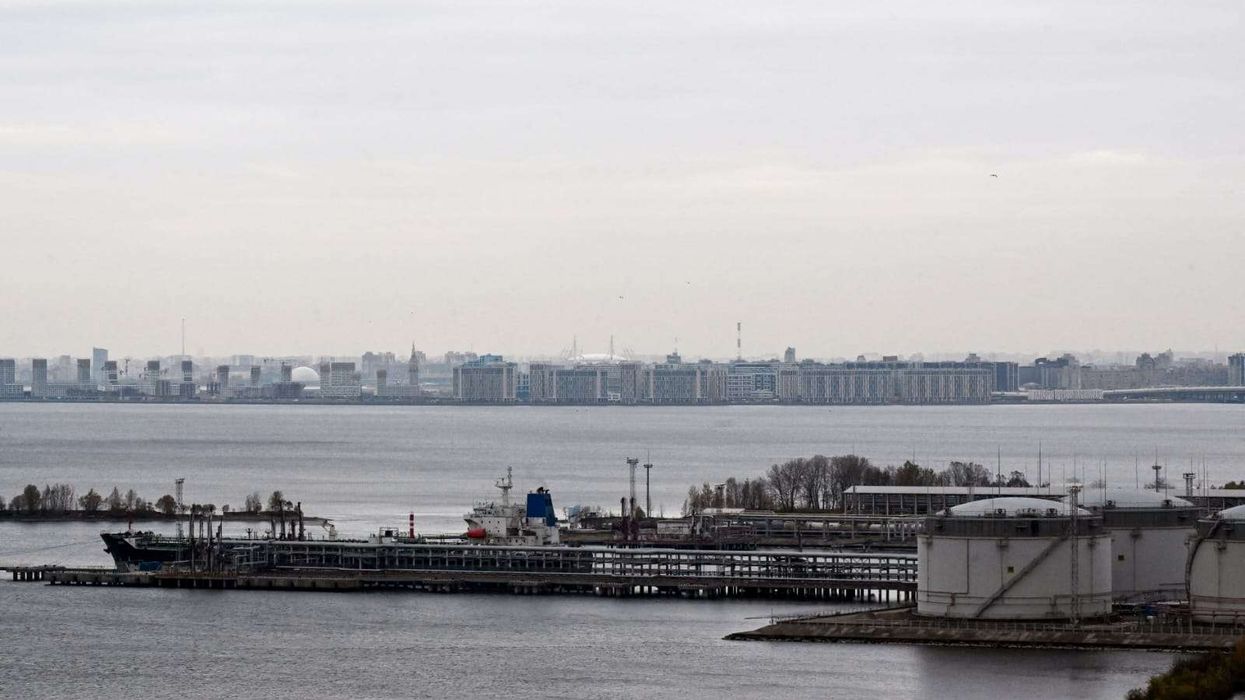CHANCELLOR Rachel Reeves said Sunday that the government aims to cut the costs of running its operations by 15 per cent within four years.
The announcement comes as she prepares to present her Spring Statement on Wednesday, outlining spending cuts across various departments.
"We are, by the end of this parliament, making a commitment that we will cut the costs of running government by 15 per cent," Reeves told the BBC.
According to the broadcaster, this reduction would amount to annual savings of £2.2 billion across Britain's civil service, which employs over 500,000 people. Reeves said individual departments would decide on job cuts but indicated that civil service personnel could be reduced by 10,000.
"I would rather have people working on the front line in our schools and our hospitals, in our police, rather than in back-office jobs," she told Sky News.
Reeves also reiterated her commitment to fiscal rules ahead of Wednesday’s financial update. These include not borrowing for day-to-day spending and ensuring that debt falls as a share of GDP by 2029-30.
With no plans to raise taxes, meeting these rules is expected to require spending cuts in some government departments.
The Labour government has struggled to revive the UK economy since taking office in July last year, a challenge complicated by Donald Trump's return to the White House.
"The world has changed," Reeves told Sky. "We can all see that before our eyes, and governments are not inactive in that –- we'll respond to the change and continue to meet our fiscal rules."
Official data released Friday showed that public sector net borrowing increased last month, limiting Reeves’ options to meet her fiscal targets. The rules are intended to ensure the government maintains credibility in financial markets.
On Tuesday, the government announced cuts to disability welfare payments, aiming to save over £5 billion annually by the end of the decade.
Reeves said Sunday that overall public spending would continue to see "real-terms" increases every year throughout this parliament, which runs until 2029.
(With inputs from AFP)














